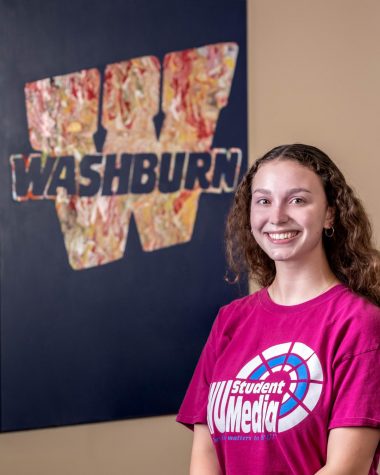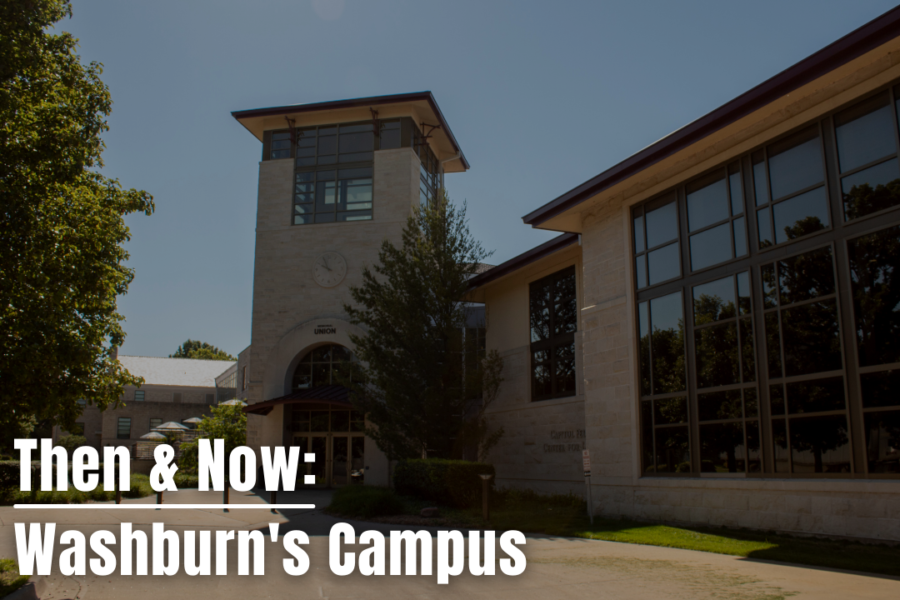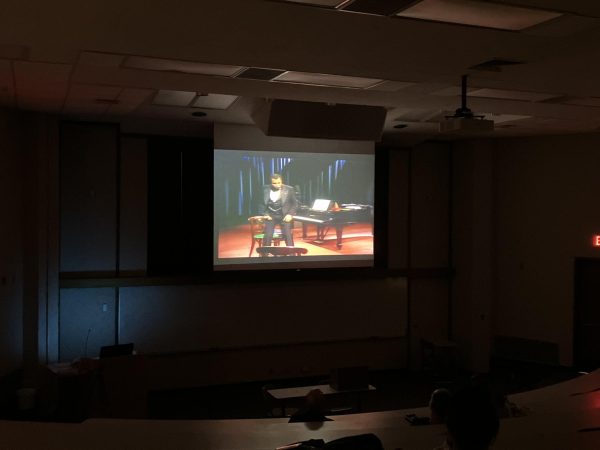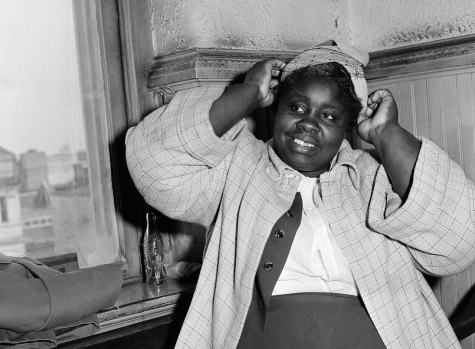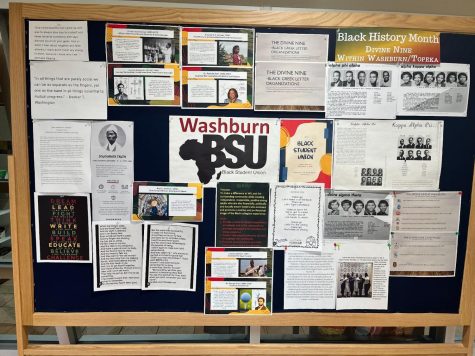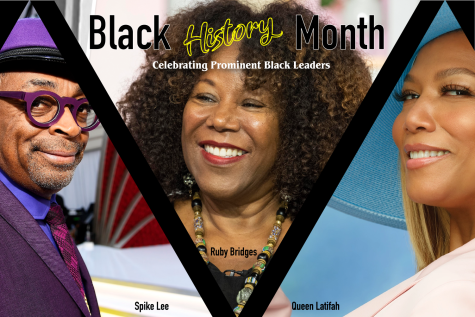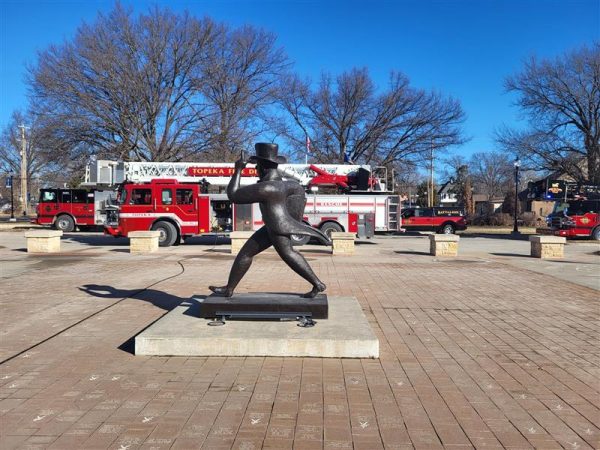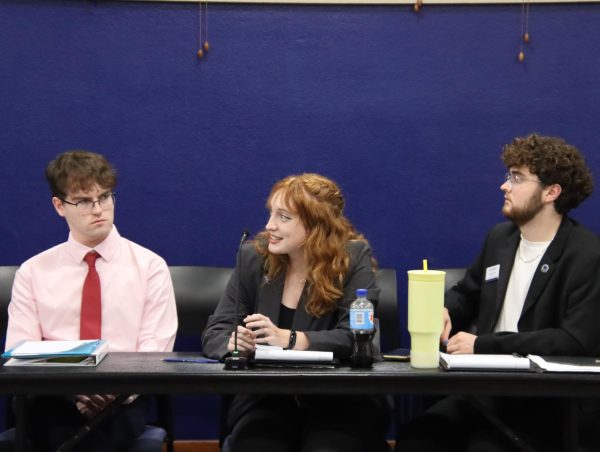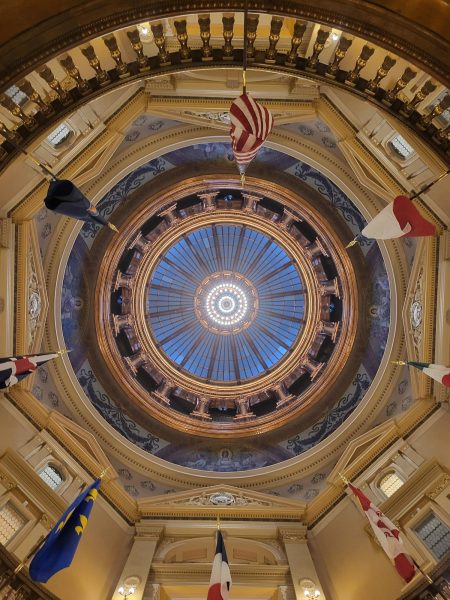Then and now: Washburn’s campus
Through the years: Washburn’s campus has experienced its fair share of destruction and growth. Follow along and explore the many changes campus buildings have gone through, from then to now.
Editor’s Note: While flipping through old Kaw Yearbooks, I noticed a lot of changes and growth around Washburn’s campus but I also took note of the buildings that were surprisingly still recognizable to this day. Some were impacted by the 1966 Topeka tornado and some were completely destroyed in the disaster and had to be rebuilt. But even in those that were rebuilt, I notice parallels between them that were kept to commemorate the old building. I found that some of these pictures were difficult to recreate, maybe the angel was off, or perhaps that part of the building no longer exists. Either way, I did my best to recreate each photograph as if they were taken only seconds apart rather than years or even decades apart.
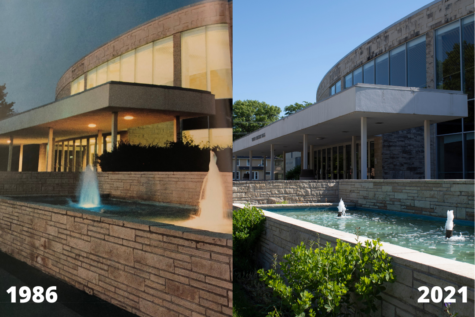
Day and night: White Concert Hall may look less lively during the day but there is no denying how well it has aged.
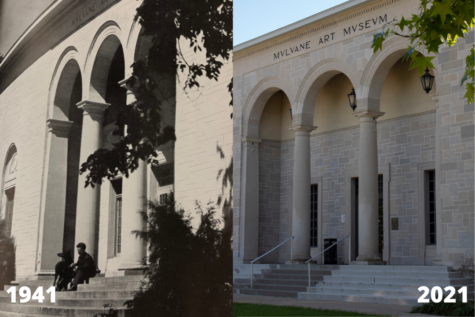
The Mulvane: This art museum is one of the oldest west of the Mississippi River. It was the building that had the least amount of damage on campus after the 1966 tornado.
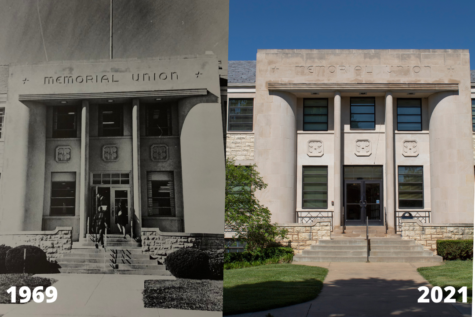
Spot the difference: Not much changed at the main entrance of Memorial Union. After its construction in 1951, the union was dedicated to those from Washburn and Shawnee County who gave their lives in World War I, World War II and the Korean War.

Growth: Kuehne Bell Tower still stands tall as the main focal point of Washburn University. The tower was constructed in 1971.
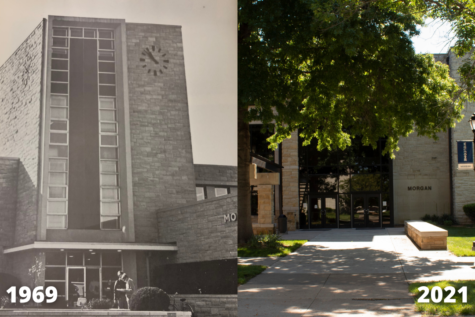
A world of difference: Morgan Hall was originally constructed in 1955. An addition was made to Morgan in 1967. The latest remodel to the building was in 2015.
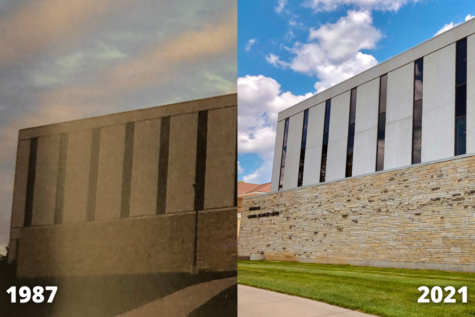
Practically the same: Henderson Learning Resource Center still looks the same way it did when it was completed in 1971.
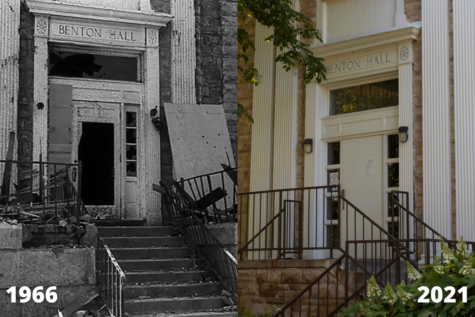
Good as new: Benton Hall is another building that survived the tornado. Benton was originally a women’s dormitory and later a men’s dormitory. It now houses the School of Applied Studies and Academic Outreach.
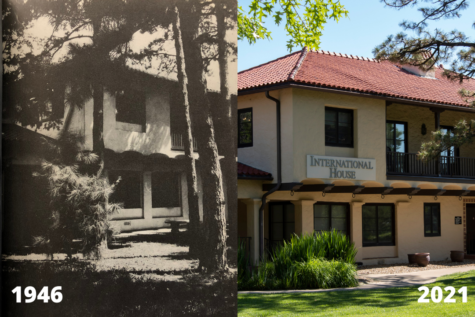
From home to house: What is now the International House on campus used to be the home of former President Womer and his wife until 1969.
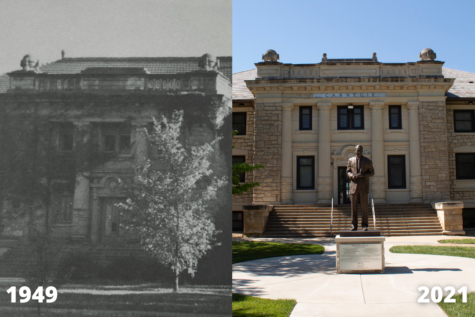
Rebuilding resilience: Carnegie was one of the few buildings on campus that were ultimately rebuilt following the 1966 tornado. It was originally constructed in 1905 as the campus library but would later house the Law School and currently houses the Education Department. It is the oldest building on campus.
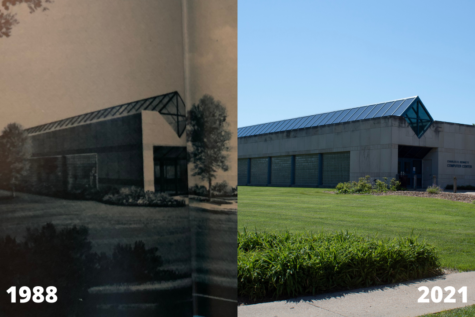
Bennett Computer Center: Since it was constructed in 1988, Bennett seemingly has not changed one bit.
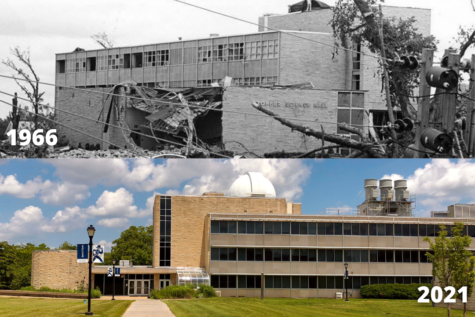
Standing since 1960: Stoffer Science Hall is yet another building reconstructed after the tornado and can still be seen to this day.
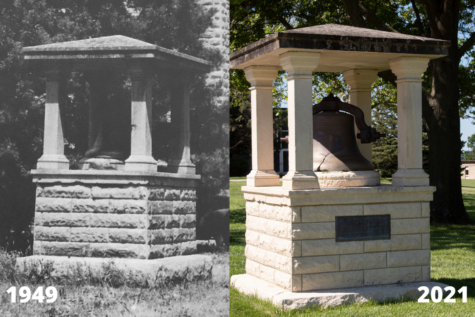
Survival of the fittest: This bell hung for 30 years in Rice Hall until the 1966 tornado when the building was destroyed. It is rumored that the bell cracked following a football victory when it was struck with a sledgehammer in 1906. This bell also survived the great Rice Hall fire in 1907 along with a concrete burial from the class of 1914.
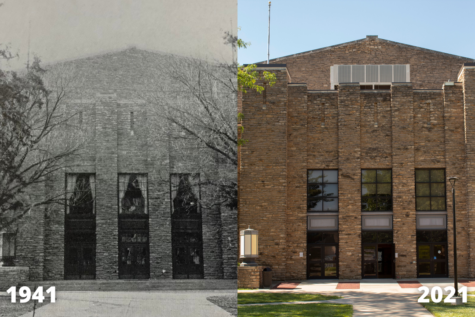
Whiting Fieldhouse: At first glance, it appears that a filter is the only difference between these photos when in reality they were taken 80 years apart. Whiting was originally constructed in 1928.
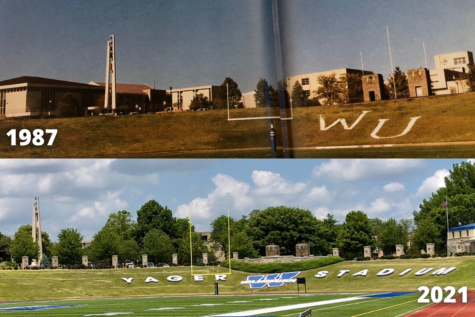
Bigger and better: Major improvements have been made to the football stadium, most notably the giant Yager Stadium sign replacing WU on the hill.
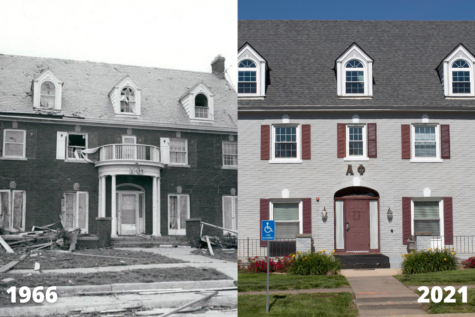
Alpha Phi: The reconstruction of the sorority house occurred after the tornado. The main structure of Alpha Phi remains the same.
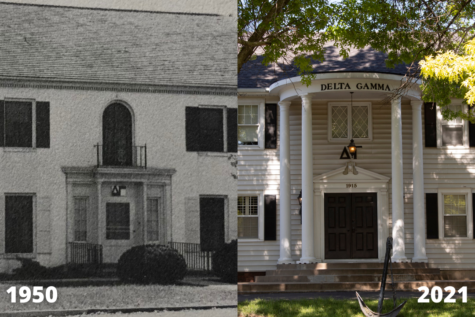
Delta Gamma: DG was considered irreparable following the tornado and had to be rebuilt. The reconstruction commemorates the old building with a few similar features.
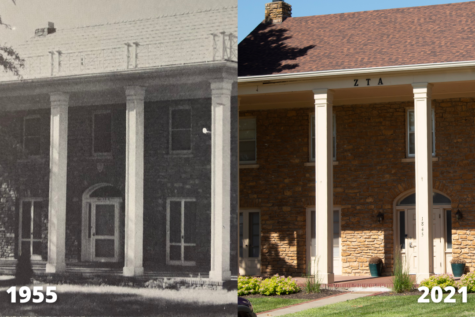
Zeta Tau Alpha: ZTA survived the tornado and kept its original stone look with very few noticeable alterations.
Your donation will support the student journalists of Washburn University. Your contribution will allow us to purchase equipment and cover our annual website hosting costs.
